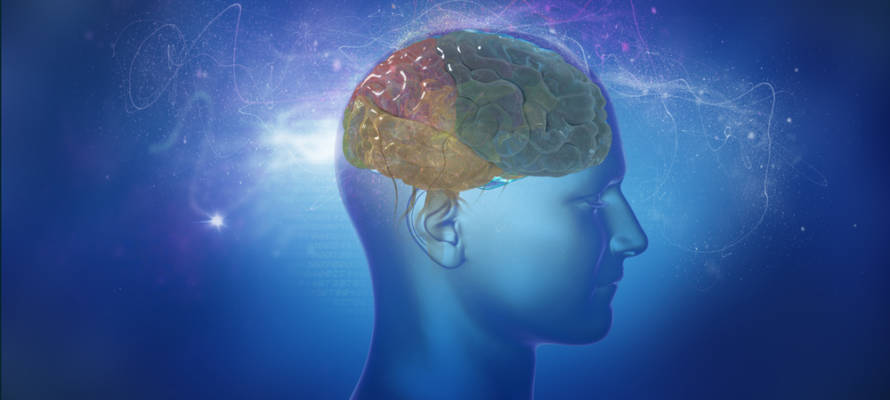This achievement provides a new avenue towards learning about brain disorders and, potentially, predicting which drugs would work best for an individual patient.
By TPS
Israeli scientists at Ben-Gurion University of the Negev have recently been successful in duplicating a blood-brain barrier outside the patient’s body using stem cells and microfluidic chips, producing a functioning copy of a patient’s brain structure and thus advancing personalized medicine.
Scientists do not currently have the ability to produce a living copy of the brain outside the body. However, scientists duplicated a critical brain structure, the blood-brain barrier (BBB), which functions as it would in the individual who donated the cells to make it.
Their achievement provides a new way to make discoveries about brain disorders and, potentially, predicting which drugs would work best for an individual patient.
The blood-brain barrier acts as a gatekeeper by blocking toxins and other foreign substances in the bloodstream from entering brain tissue and damaging it. It also can prevent potentially therapeutic drugs from reaching the brain. Neurological disorders such as Multiple Sclerosis, Epileptic Disorders, Alzheimer’s disease and Huntington disease, which collectively affect millions of people, have been linked to defective blood-brain barriers.
For their study, a team co-chaired by Dr. Gad Vatine, of BGU’s Regenerative Medicine and Stem Cell (RMSC) Research Center and the Department of Physiology and Cell Biology and by Clive N Svendsen, Ph.D of Cedars-Sinai Medical Center in Los Angeles, genetically manipulated blood cells collected from individual’s into stem cells, known as induced pluripotent stem cells, which can produce any type of cell in our bodies.
They used these special cells to make neurons, blood-vessel cells and support cells that together make up the blood-brain barrier. The team then placed the various types of cells inside microfluidic chips, which mimicked the body’s environment and allowed the cells to interact with each other and with blood.
The living cells soon formed a functioning unit of a blood-brain barrier that acted much as it does in the body, including blocking entry of certain drugs.
‘A Personalized Model’
Significantly, when this blood-brain barrier was derived from cells of patients with Allan-Herndon-Dudley syndrome, a rare congenital neurological disorder, or from Huntington disease patients, the barrier malfunctioned in the same way that it does in patients with these diseases.
“By combining patient-specific stem cells and organ-on-chip technology, we generated a personalized model of the human blood-brain-barrier. BBB-on-Chips generated from several individuals demonstrated inter-individual variability in BBB functions. Thus, this approach allows the prediction of the best-suited brain drug in a personalized manner,” said Dr. Vatine.
Although scientists have created blood-brain barriers outside the body before, the investigators said they believe this is the first time such a structure has been created from induced pluripotent stem cells that were derived from a patient, matched the patient’s DNA, and displayed a characteristic defect of the patient’s disease.
The study’s findings create dramatic new possibilities for precision medicine, Vatine added.
“This is of particular importance for neurological diseases like epilepsy or schizophrenia, in which several FDA-approved drugs are available, but current treatment selections are largely based on trial and error. We’re aiming to understand each individual case, in order to meet the unique needs of each individual patient,” he said.
The project was supported by the Israel Science Foundation, the California Institute for Regenerative Medicine and the Sherman Family Foundation.
